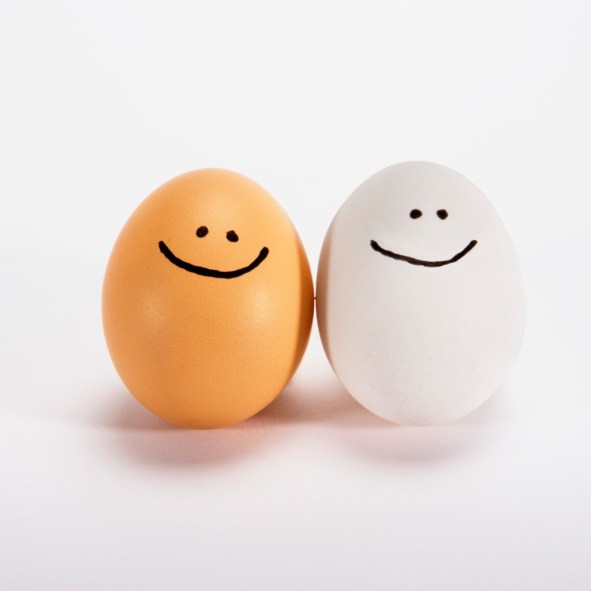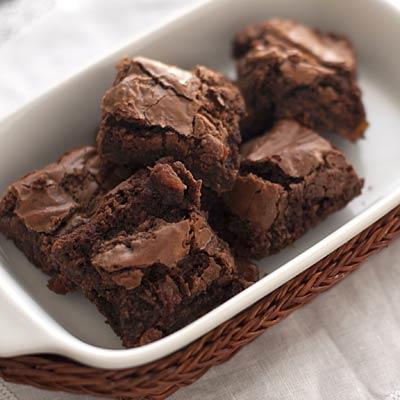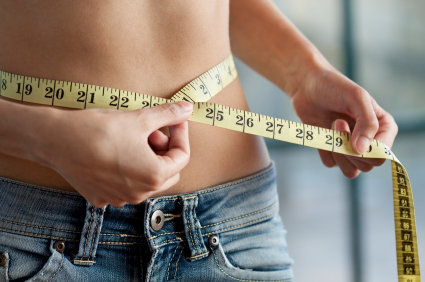Learn How Much Protein You Need for Breakfast, Plus Tasty Tips
Pancakes, muffins, toast, waffles, cereal and doughnuts: The most popular breakfast foods lack one essential element. And that's protein. But how much do you really need, and what are the best ways to get it into your diet? Get the answers here.
Why Protein Is So Important
Protein helps us maintain our muscle tone, explains Melinda Johnson, MS, RD, the Director of the Didactic Program in Dietetics and lecturer for the Nutrition Program at Arizona State University, and a Spokesperson for the Academy of Nutrition and Dietetics, in a column for the Huffington Post. As we age, we lose muscle. And that's a problem when it comes to our weight. One of the biggest reasons for gaining weight as we age: Loss of muscle mass, replaced by fat.
In addition, muscle is essential for your quality of life. That's one reason so many elderly people have balance problems that can result in life-threatening falls. "In fact, studies have shown that many elderly people do not consume enough protein, and when this is combined with being bedridden or sedentary, their ability to be independent can decline very rapidly due to losing muscle mass."
If you're trying to lose weight, protein helps keep you full. Although a breakfast higher in protein keeps you satisfied, most people eat protein later in the day and bypass it at breakfast.
How Much and How to Get It
Most people need 20 to 30 grams of protein at each meal, which can be challenging at that first meal of the day. Try these tips for getting more protein at breakfast:
Day One: Toast with nut butter: Two slices of whole-wheat bread with 1 tablespoon of peanut butter on each, topped with sliced banana. One cup of skim milk to drink. Total: 22 grams of protein. Tip: Read the label when it comes to bread and nut butter. Some breads have labels claiming they contain whole wheat, but in reality they are higher in white flour than whole wheat. In addition, some nut butters contain sugar. Look for ones that are sugar-free.
Day Two: Make a strawberry smoothie by blending together 1/2 cup of strawberries, 6 ounces of plain Greek yogurt, 1/4 cup of uncooked oatmeal, a drizzle of honey (as needed) and 1/2 cup of skim milk or soy milk. Total: 21 grams of protein. Tip: Be careful with Greek yogurt. There's a difference between vanilla yogurt and plain yogurt, and the former often contains excessive amounts of added sugar. In addition, if you choose soy milk rather than skim milk, look for an unsweetened brand.
Day Three: Make a Mediterranean sandwich with whole-wheat pita with 4 tablespoons of hummus, tomato slices, 1 ounce of goat cheese and 1/4 cup of sliced almonds. Have a café latte to drink, made with 1/2 cup of steamed skim milk. Total: 22 grams of protein. Tip: Pita should contain whole grains, such as whole wheat stoneground flour, rather than white enriched flour. As for that coffee beverage, if you are sensitive to caffeine, sip decaf green tea with steamed skim milk instead. Avoid added sugar.
Day Four: Make a melon bowl using a half cantaloupe for the bowl. Fill it with 1 cup of cottage cheese. Total: 25 grams of protein. Tip: Are you lactose-intolerant? Try tofu instead of cottage cheese.
Day Five: Bypass the drive-through and make your own breakfast burrito with a corn tortilla filled with two scrambled eggs, sautéed onions, 1/4 cup of black beans and pico de gallo. Total: 25 grams of protein. Tip: For variety, try a low-carb tortilla that is high in protein and fiber.
-
Effective Ways To Grow Taller
Many of us wish to be taller than the height that we already have espe
-
Medifast Diet Plan - An Effective Diet For A Busy Lifestyle
Many of us want to lose weight and the reasons behind this can go from
-
Stomach Stapling Is A Last Resort Measure Intended To Save Your Life
Even after having a stomach stapling only about thirty percent of pati
-
How you can Shed Calories Briskly and Easily
Slimming down is very difficult for a lot of of us, but it eventually
-
How About That Atkins Diet
What is the Atkins Diet? The Atkins Die
-
The Great Mediterranean Diet
The Mediterranean diet a real weight loss program or is the Mediterran
- DON'T MISS
- Drop The Weight Off Hips And Legs – Quick And Easy!
- Why Weight Reducing Patches Are The Most Natural Diet Aid Available
- Choosing A Healthy Weight Loss Plan?
- 8 Easy Tips To Help You Lose Weight
- Misconceptions About Weight Management (VIDEO)
- The Warrior Diet
- Weight Loss Goals - Weight Loss Workout The Fun Way
- Weight Loss For Men: Are You Making One Of These Five Mistakes?
- Best And Worst Ways To Hydrate Your Summer Workout and Other Hot Health Stories for the Week
- Five Sensible Tips for Natural and Healthy Weight Loss




